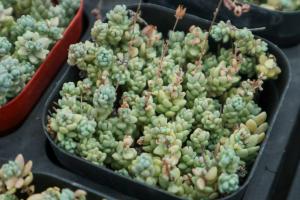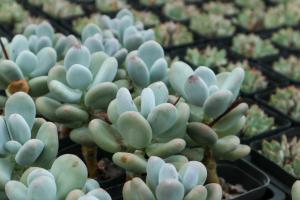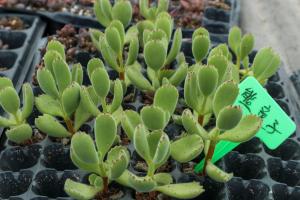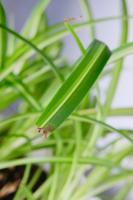Do Tomato Plants Need to Be Cut Back
Tomato plants are widely grown across the world for their fruits, which are used in many culinary dishes. If you are a tomato grower, you may have wondered whether cutting back your tomato plants is necessary or beneficial. In this article, we explore the advantages and disadvantages of cutting back tomato plants.
What Does "Cutting Back" Mean?
Before we dive into the question of whether tomato plants need to be cut back, let's first explain what it means. Cutting back tomato plants refers to the practice of removing some of the plant's stems and branches. This is usually done to control the size and shape of the tomato plant, encourage fruiting, and prevent disease.
The Advantages of Cutting Back Tomato Plants
One of the main benefits of cutting back tomato plants is that it helps to control their size and shape. This can be especially important in small or crowded gardens where space is limited. By removing some of the plant's stems and branches, you can keep the plant more compact and make it easier to manage.
Another advantage of cutting back tomato plants is that it can encourage more fruiting. When you cut back a tomato plant, it redirects its energy from producing new leaves and stems to producing flowers and fruit. This can result in a higher yield of tomatoes and a longer harvesting season.
Finally, cutting back tomato plants can also help to prevent disease. By removing some of the plant's foliage, you create better air circulation around the remaining leaves, reducing the risk of fungal diseases such as blight.
The Disadvantages of Cutting Back Tomato Plants
While there are many benefits to cutting back tomato plants, there are also a few potential disadvantages to consider. One of the main drawbacks is that cutting back can delay the plant's growth and fruiting. If you remove too many stems or branches at once, the plant may need some time to recover before it starts producing tomatoes again.
Another disadvantage of cutting back tomato plants is that it can reduce the overall size of the plant. If you are looking for a large and impressive tomato plant, cutting back may not be the best option for you.
When to Cut Back Tomato Plants?
If you have decided to cut back your tomato plants, the next question is when to do it. In general, it is best to wait until the plant has produced a few sets of true leaves before you start cutting back. This helps to ensure that the plant is healthy and strong enough to handle the stress of cutting back.
You should also avoid cutting back tomato plants during the hottest part of the day or during periods of drought. This can cause additional stress to the plant and increase the risk of damage or disease.
How to Cut Back Tomato Plants?
When cutting back tomato plants, it is important to use sharp and sterile tools to prevent damage or disease. You should also avoid cutting too close to the main stem, as this can cause additional stress and injury to the plant. Instead, make your cuts at a 45-degree angle, leaving a few inches of stem below the cut.
Focus on removing stems and branches that are growing in the wrong direction, crossing each other, or blocking sunlight to other parts of the plant. You should also remove any dead or diseased foliage to prevent the spread of disease.
Conclusion
So, do tomato plants need to be cut back? The answer is that it depends on your goals as a gardener. Cutting back can help to control the size and shape of the plant, encourage more fruiting, and prevent disease. However, it can also reduce the overall size of the plant and delay its growth and fruiting. If you decide to cut back your tomato plants, make sure to do it at the right time and in the right way to ensure the best results.

 how many times do yo...
how many times do yo... how many planted tre...
how many planted tre... how many pine trees ...
how many pine trees ... how many pecan trees...
how many pecan trees... how many plants comp...
how many plants comp... how many plants can ...
how many plants can ... how many plants and ...
how many plants and ... how many pepper plan...
how many pepper plan...































